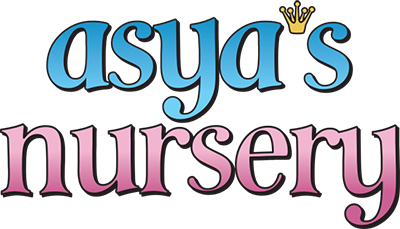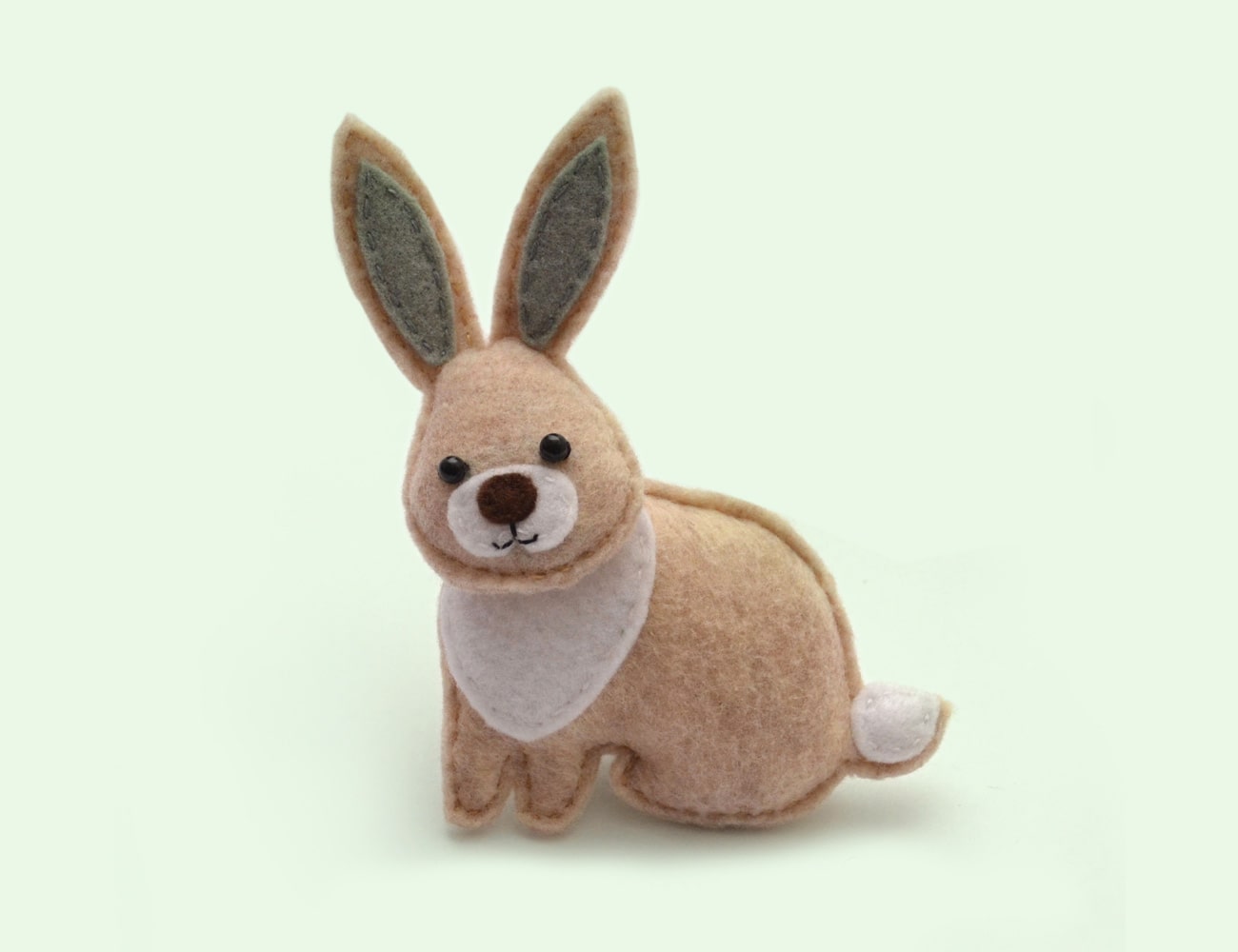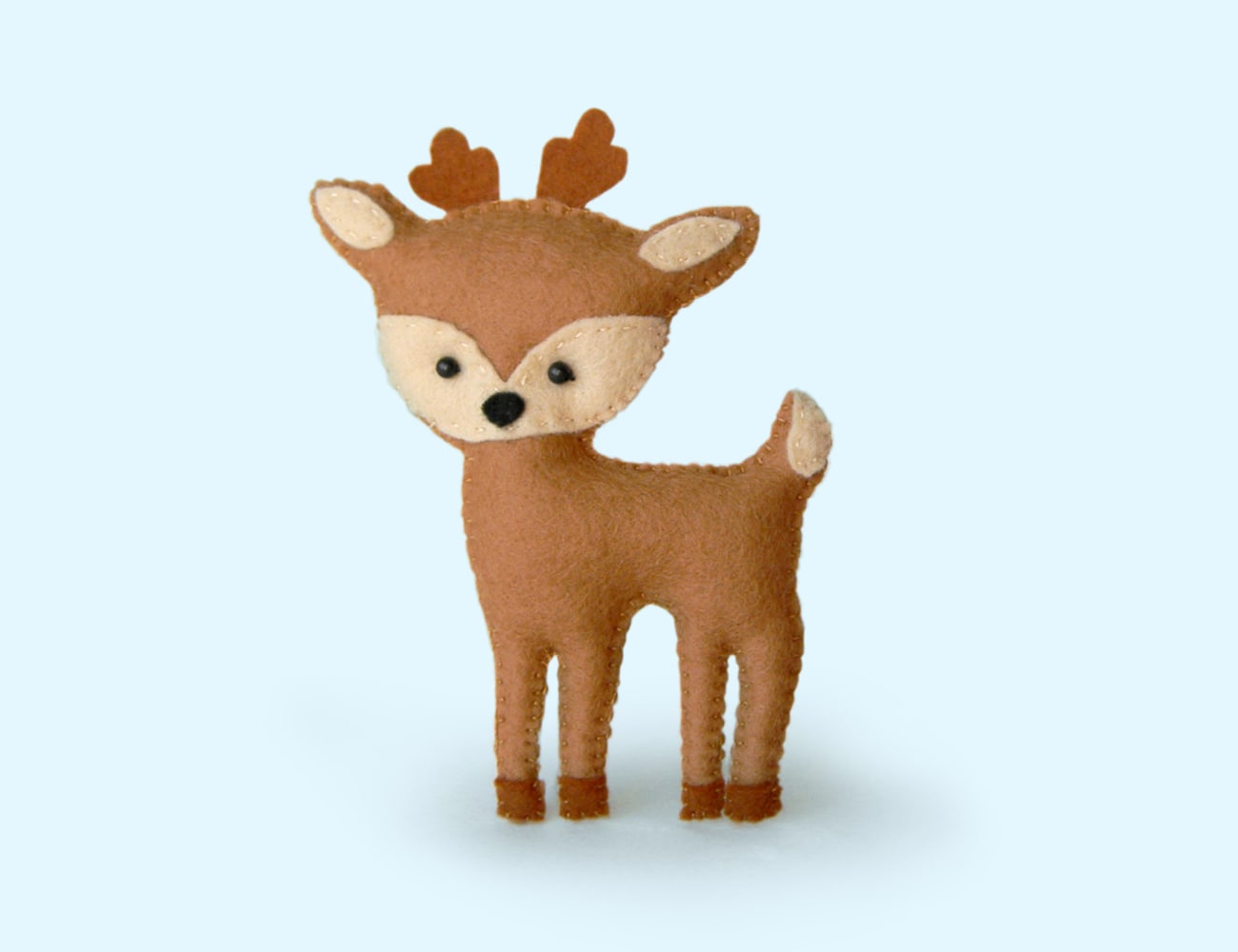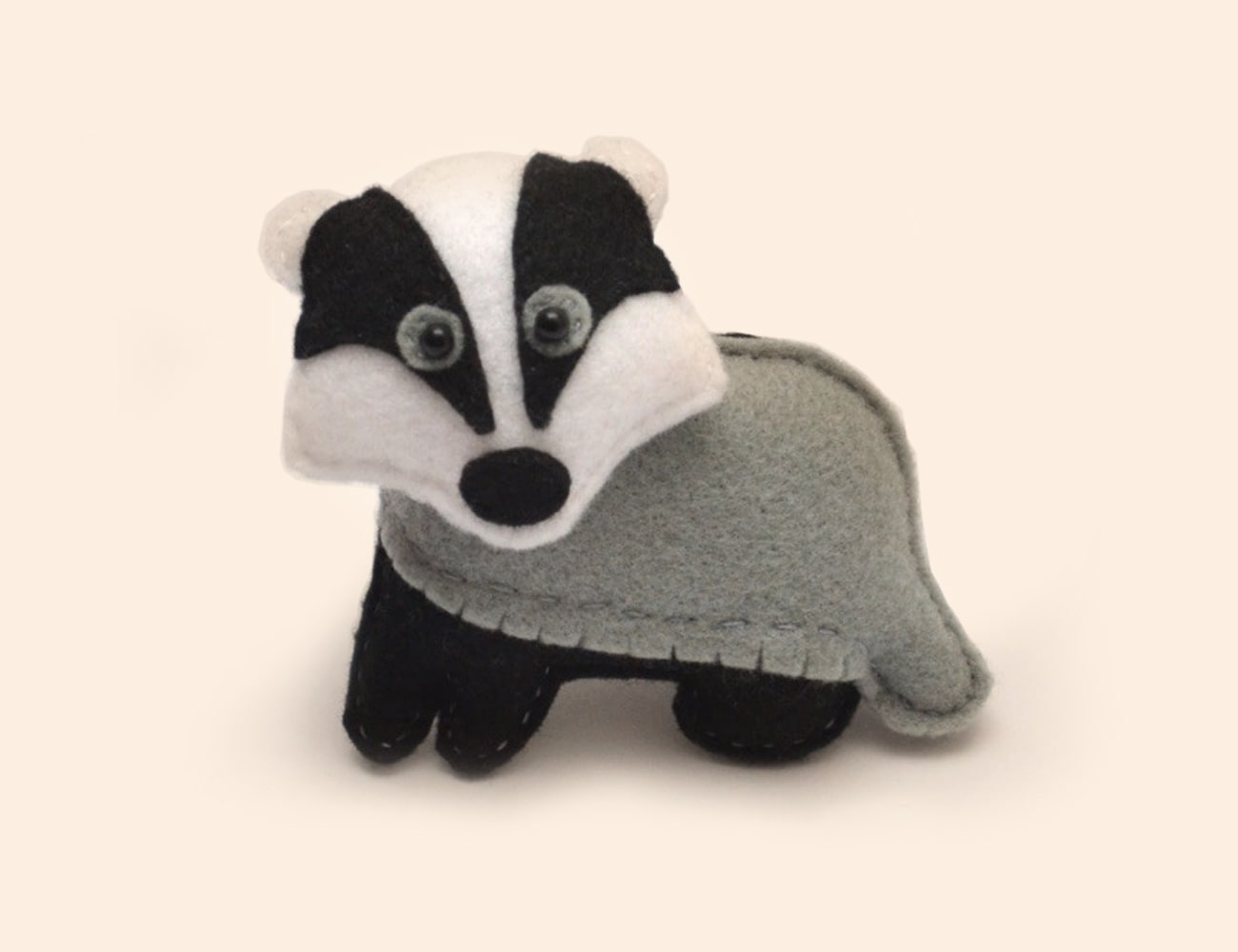our wonderful classes.
Our groups are named after woodland animals with the youngest children placed in the Hedgehogs class, followed by the Squirrels and Bunnies groups respectively. Whilst the eldest children are placed in the Fawns, Badgers and Bears groups.
Each child is allocated to a group with children of a similar age, and each group is facilitated by a class teacher and a team of assistants.
Hedgehogs
45 days – Approximately 18 Months
Our Hedgehogs room cares for children from the age of 45 days in a relaxed homely environment. In order to ensure a smooth transition from home to the Nursery, we have created a space that is both comfortable and inviting. The babies have a dedicated area with age appropriate toys separate from the older children. The Hedgehogs room works alongside the Early Year’s Framework, promoting all 7 areas of learning each day. Experiences include art activities, heuristic and sensory play, building blocks, story time and so much more.
As the babies grow and become more independent, we transition them into the Squirrels classroom.
Squirrels
Approximately 18 – 24 Months
In the Squirrels classroom we continue to promote foundational skills and introduce new skills as and when the child’s personal development dictates. For example, taking turns, enjoying mealtimes as a social occasion and having the ability to select an activity which interests the individual child. The day is structured but flexible and play experiences are facilitated both in the indoor and outdoor environment.
Bunnies
Approximately 24 – 36 Months
Our Bunnies classroom provides age-appropriate toys, freedom to move around and opportunities to learn through play. The classroom is designed to cater for quiet play, active play and group activities. Children in this age group are ready for short bouts of teacher-led activities and we make sure they are provided with a mixture of structure and choice.
Fawns
FS1
At this stage children continue to build on skills gained from the previous classrooms, and introducing new skills to explore and investigate in order to increase independence in a safe and stimulating environment. Play is more investigative with new activities being introduced such as “mark-making” and looking at letters and numbers in our environment. In order to promote a new understanding of the environment, the surrounding space is filled with colourful displays including examples of children’s work. We continue to investigate the world around us by venturing out into our community and inviting certain aspects of the community in, such as the Fire Brigade, Community Police Officers, Dentists etc.
Badgers
FS1
At this stage these little learners have developed a keen understanding of the world around them and begin to show an interest in how things work. For this age group we aim to provide opportunities for investigative play providing objects and materials for them to play with and experience their purpose and the logic of how it works. This would include items such as pulleys, clocks, battery operated toys, torches and the like. They would have developed a good foundational language and many conversations begin and end with ‘WHY’. It is our aim to assist them to find these answers through meaningful play experiences.
Bears
FS2
At this stage children have become more and more curious. It’s that natural sense of curiosity that we as Asya’s Nursery use to teach them to learn and grow. Within our classrooms, the children are free to be anything from an artist to an engineer. Playing pretend, learning games, participating in hands-on activities – these are just a few of the ways we keep them engaged. All games and activities are done with a purpose, encouraging development in a number of key areas. Teachers plan developmentally appropriate small group interactions to work closely with every child to assure mastery of developmental tasks. Children also participate in large group activities to explore concepts and enjoy early literacy experiences.
- Motor Skill Development – hands-on activities, outdoor play, throwing, catching.
- Cognitive Development – puzzles, games, recognizing shapes, numbers, colours and phonetic sounds
- Language Development – reading, recognizing and forming letters, storytelling.
- Artistic Development – art projects, construction projects, dramatic play.
Our pre-school curriculum encourages their natural curiosity and willingness to try new things, so children discover the ways that they learn best. In addition to basic skills, children learn about self-direction, self-reliance and self-esteem. Badgers & Bears classrooms are divided into general interest areas that meet children’s needs to move, explore, express and relax. And since learning how to relate to others is also important, we incorporate large and small group activities every day.






